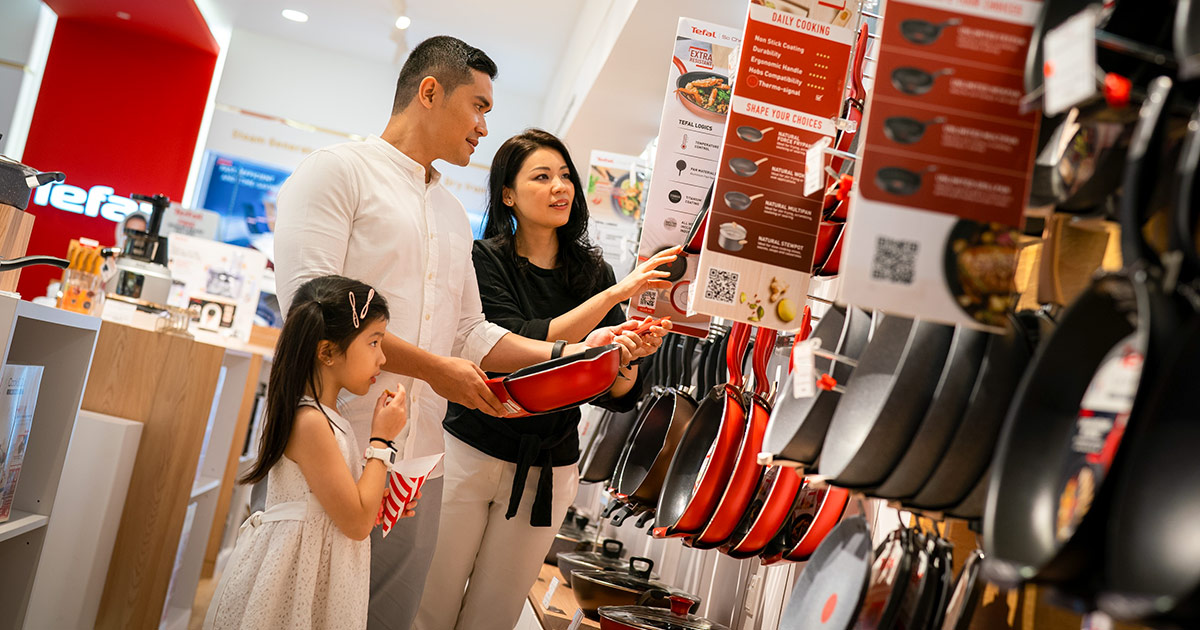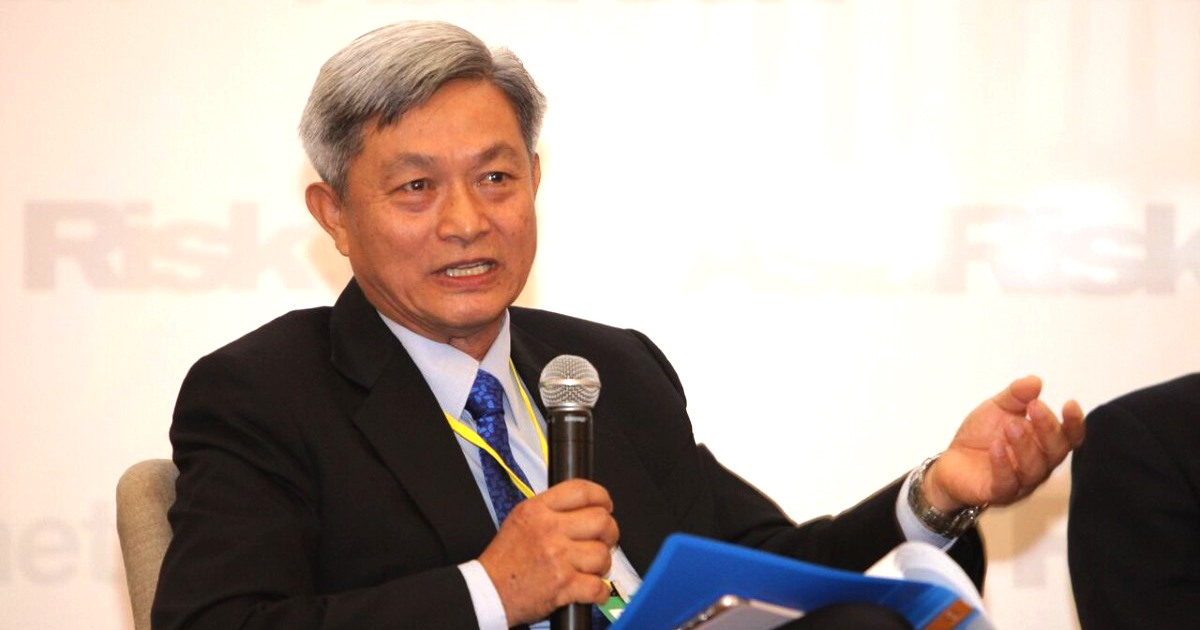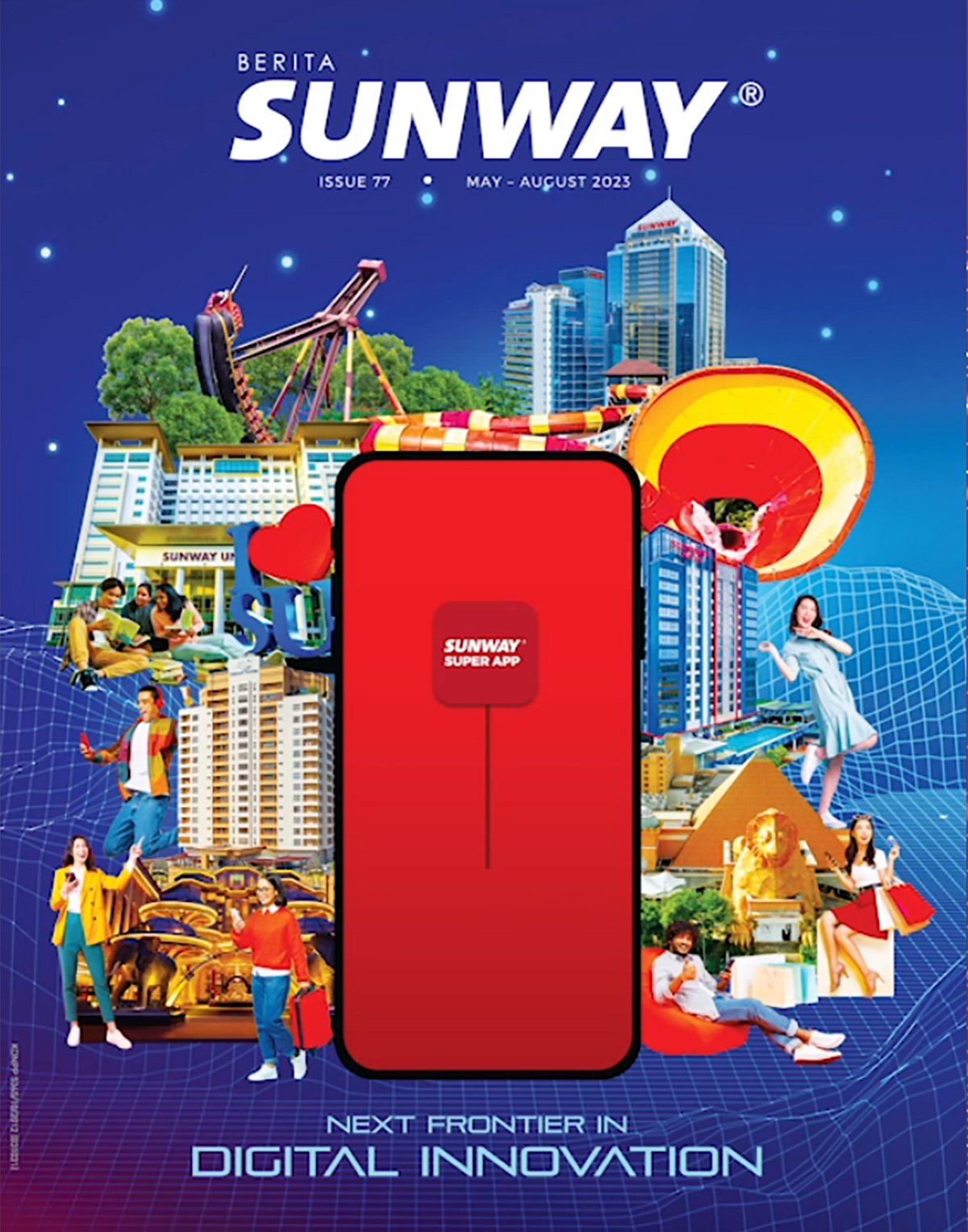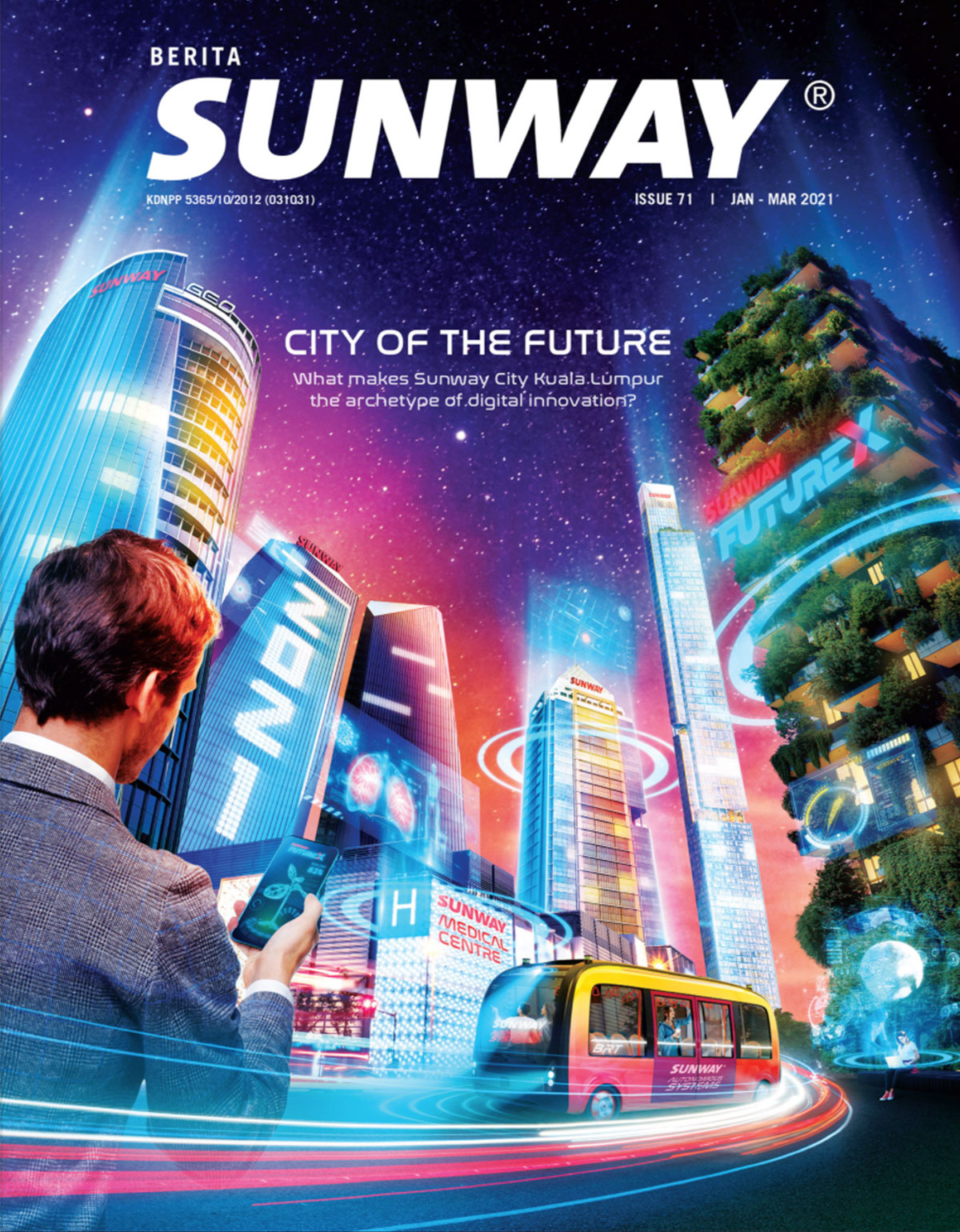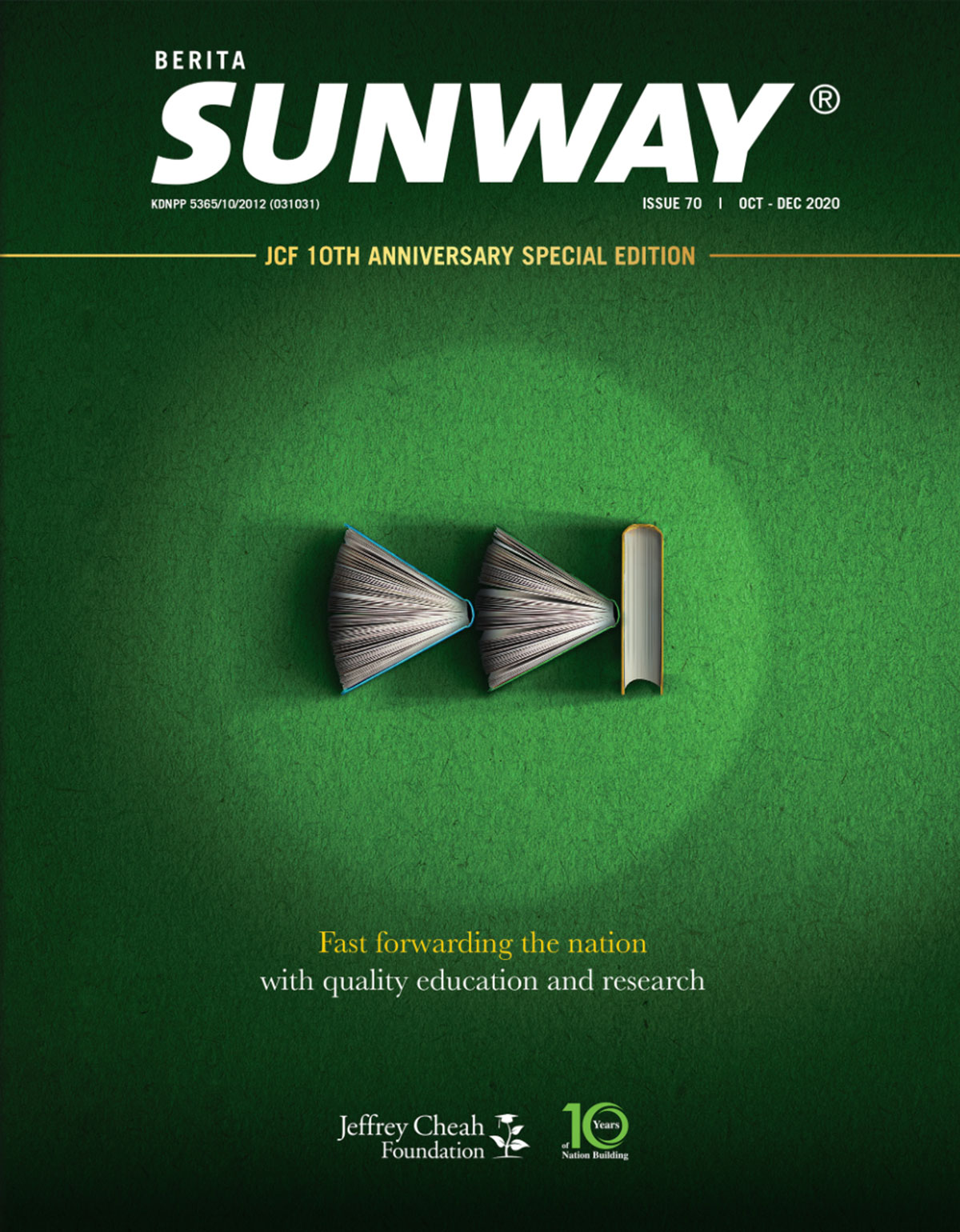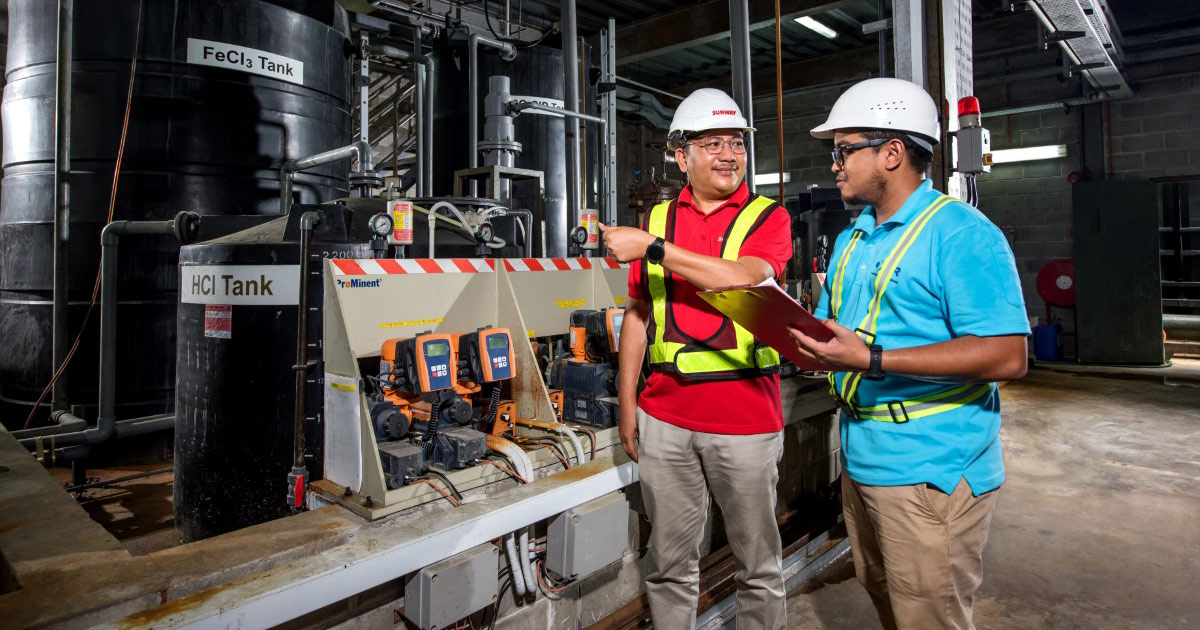Are Malaysians Spending Less?
With $ 1 USD currently converting to about RM4.53 at time of writing, it is anticipated that prices for products and services will continue to rise as a result of the weakening ringgit.
Consumers are now more likely to experience the strain of rising costs of living due to inflation, which could spur them to make smaller purchases, switch to less expensive brands or retailers and delay big purchases.
To ensure consistent growth, retailers have to be one step ahead of their customers and understand consumers’ expectations.
Key lessons for Malaysian retailers on consumer shopping behaviour
1. Revisit social media
Despite being a growing trend in the US, social shopping is becoming increasingly common in countries like China , where of social network members, respectively, have made purchases using a social channel.
Beyond just shopping – a retailer’s social media will need to appeal to waves of consumers who are much more health-conscious, having experienced the pandemic.

Loo Hoey Theen, Sunway Malls general manager of marketing and business innovation elaborated on why retailers with a digital presence will do well in this landscape. “Naturally, the rise of digital and social media content is also a reflection of the change in media consumption behaviour. Consumers (that are more concerned about health) want to be better informed more so after the pandemic and will spend more time researching; hence choices will be governed by this knowledge,” she said.
2. Provide a seamless online shopping experience

To put it simply, retailers should be focused on an omnichannel experience.
Loo explained that “The transition from pandemic to endemic globally has also triggered the return of experiential shopping, which is the need to feel, touch and experience the product. The new norm is actually hybrid consumerism, in which convenience and experience dominate.”
Some ways this can be done are through promoting online-only items in their physical stores to raise awareness, or contrarily, running email marketing campaigns that contain coupons that can only be redeemed in person.
3. Leverage data for greater customer personalisation
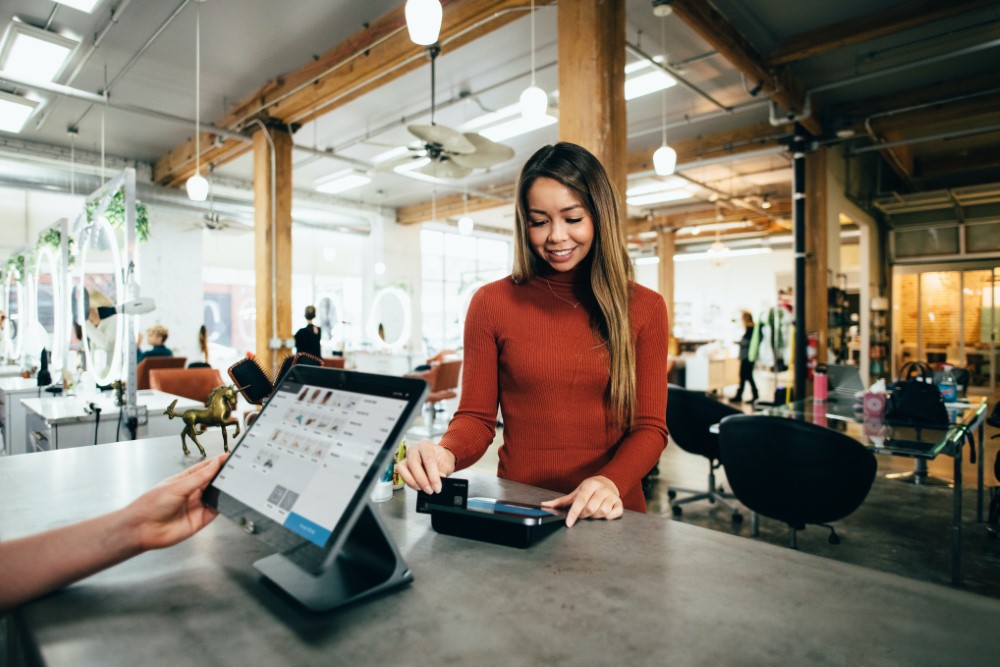
“Having more data exchange and analysis happens with the gravitation towards personalisation, better understanding of the customer and more efficient customer service,” continued Loo.
Retailers need to utilise the correct data at the right time in order to attract and retain customers. At this point, technologies and data sources can assist with providing more individualised experiences. Consider demographic, behavioural and transactional data as forms of metrics to improve your customers’ journey.
4. Emphasise and update your product’s value

Supply chain bottlenecks. Rising costs of petrol and logistics. Increasing labour costs.
All of the above will determine the final price of a product – which leaves consumers with no other choice but to extensively compare products before buying them and looking for better value in each purchase.
Loo explained this different outlook of priorities. “There is now a shift towards necessities and reduction in luxuries. Consumers are willing to try new brands and alternatives, so there is always a silver lining in a crisis, and emerging brands offering good value have the advantage.”
5. Make green-first initiatives a priority

67% of Malaysian consumers have opted for brands that pioneer sustainability in their products.
The “green-conscious” mindset has been adopted by many Malaysians who understand the need for deeper sustainability, and not just surface-level statements about the environment.
Retailers who are able to provide their customers with transparent elaborations on their circular economy and sustainability practices will witness greater brand loyalty and repeat purchases.
Sunway Malls and transformative shopping through a hybrid model
Unavoidably, higher costs of living will bring some changes to consumer shopping behaviour.
The paradigm shift from casual buying to purchase decisions that are informed will present retailers with the goal to merge their omnichannel strategy seamlessly and highlight the value of their products.
“Value creation will always be a winning customer proposition as cost increases and consumption is limited. Brands can achieve this through strategic partnerships with other complementing brands or by working with the shopping mall to co-create campaigns. Through partnerships, brands are able to reach out to new customer databases and increase brand value,” Loo said.

With this in mind – Sunway eMall offers an opportunity for eCommerce brands wanting to showcase their products physically to the mall customers through its unique O2O (offline to online and vice versa) proposition.
By lowering the barriers to adoption for retail stores, even smaller businesses and retailers are able to display their products in the physical setup by Sunway eMall in Sunway malls and customers are able to purchase these products online or physically.

Sunway Malls has also celebrated its transformative and memorable 25th Jubilee with a long list of milestones such as the growth to a chain mall of 7 physical locations and the Sunway eMall.
As Loo explained, “Change is an opportunity to be innovative. The next few years will be exciting as Sunway Malls embraces the convergence of online and offline shopping, new innovations in offerings and the development of new products in co-creation with our business partners.”













